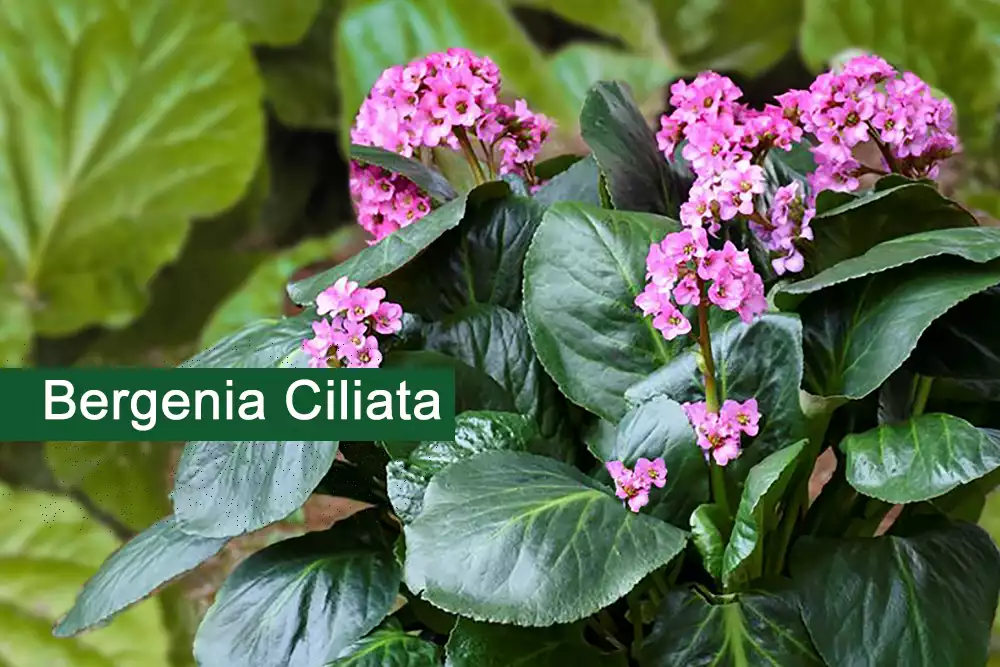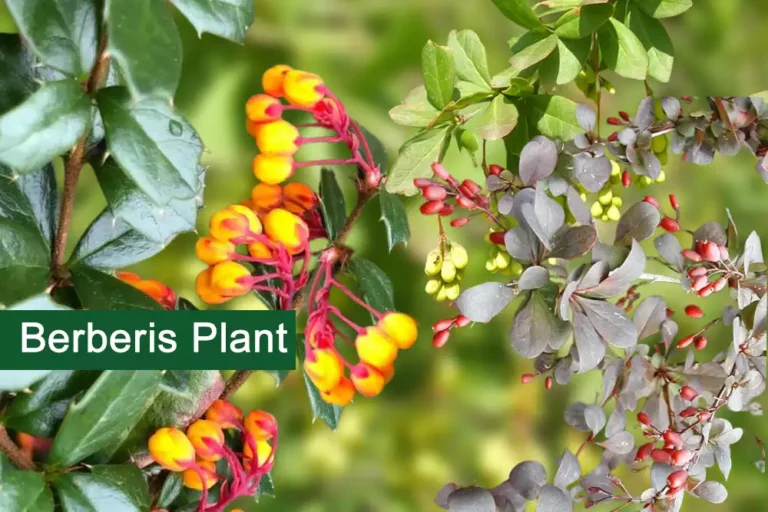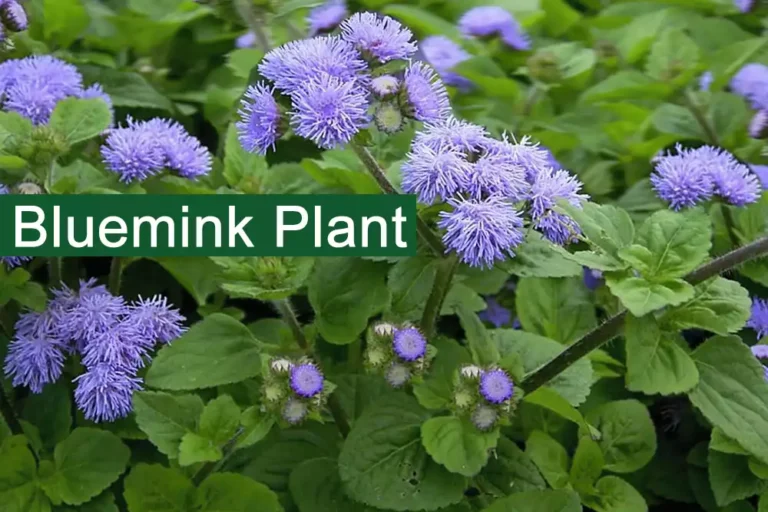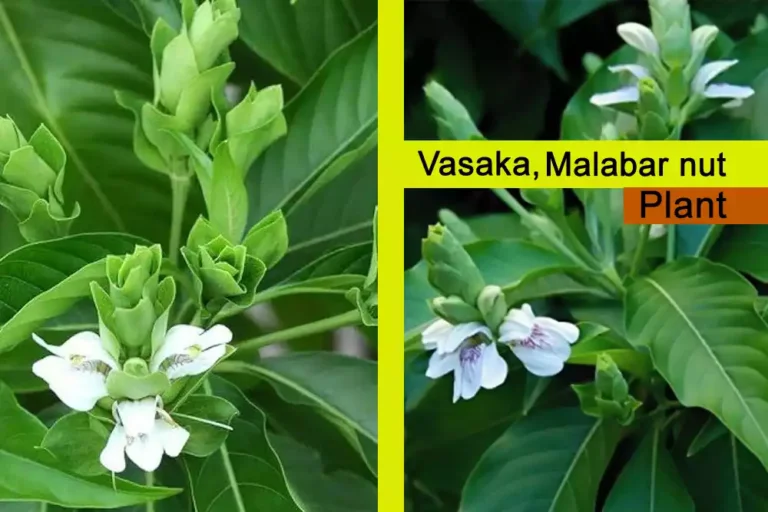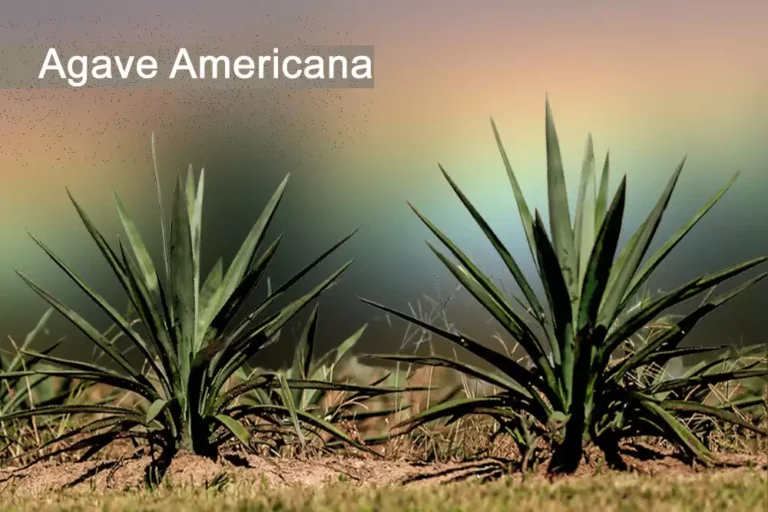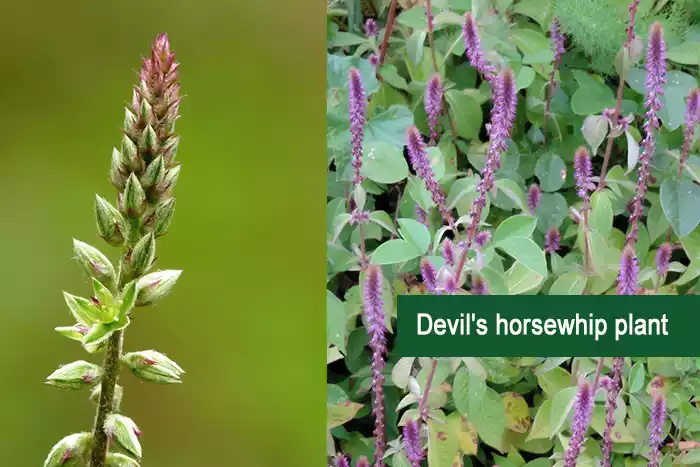Bergenia Ciliata (Hairy Bergenia) Plant Medicinal Uses, Benefits
Bergenia Ciliata Plant is also known as the Hairy Bergenia, Hairy leaf Bergenia, Fringed Bergenia, and in Urdu Pakhan baid. Find out its medicinal uses, benefits, how to identify and grow it, and its traditional and international uses.
Bergenia Ciliata Overview
| Botanical Name | Bergenia Ciliata |
| English Name | Hairy Bergenia, Hairy leaf Bergenia |
| Urdu Name | Pakhan Baid |
| Common Name | Fringed Bergenia, Hairy leaf Bergenia |
| Family | Saxifragaceae |
| Habit | Perennial herb |
| Part Used | Whole plant |
| Medicinal Plants | Explore |
Bergenia Ciliata (Hairy Bergenia) Plant
It is a rhizomatic, perennial herb with thick root stock and short, thick and fleshy stem. It grows upto 10-30 cm high, with suborbicular or broadly obovate leaves, Leaves stalked and sheathing at the base, ovate or orbicular, cordate, margin fringed with short and stiff hairs. Flowers white, pink or purplish in terminal corymbs. Fruits are cone-like capsules.
Distribution of Bergenia Ciliata
Bergenia Ciliata (Hairy Bergenia) plant is native to Asia, Western Asia, Afghanistan, Bhutan, India, Nepal and Pakistan.
Medicinal Uses of Bergenia Ciliata
Folk Use
It is very effective in dissolving kidney stones. It is also used in the treatment of vertigo and headache, cough and fever. Externally, the paste of Bergenia roots is beneficial in edema-related wounds. Its anti-inflammatory property is found in the treatment of abscesses and coetaneous infections. Externally, it is bruised and applied as a poultice to boils and ophthalmia.
Tib (Traditional Islamic Medicine) Uses
It is a safe and effective treatment for chronic bronchitis. The Bergenia ciliata plant is also utilized in the treatment of giddiness and general physical weakness. Its extracts possess antiseptic properties and also promote diuresis, making it beneficial for urinary conditions. It serves as an effective remedy for conditions such as hemorrhoids, diarrhea, dysentery, heart diseases, raktapitta, and splenic disorders (Bhava prakasa). It relieves the obstructed phlegm in respiratory catarrh, like cough and colds.
International Use
It has a high reputation for dissolving stones in the kidneys. A juice or powder of the whole Bergenia ciliata plant is used to treat urinary troubles in Nepal. The juice of the Bergenia leaves is used as drops to relieve earaches. The root of Bergenia is used as a tonic in the treatment of fevers, diarrhea, and pulmonary affections.
The root juice is used to treat coughs and colds, hemorrhoids, asthma and urinary problems Externally, the root is bruised and applied as a poultice to boils and ophthalmia, it is also considered helpful in relieving backache. The root of the Hairy Bergenia plant has a high reputation in indigenous systems of medicine for dissolving stones in the kidneys.
Culinary Use
The flowers are boiled and then pickled.
Note:
- Bergenia ciliata and Bergenia ligulata belong to the same plant family.
- They’re traditionally used in Ayurvedic and Unani medicine.
- Consult a doctor before using these plants for medicinal purposes.
Constituents of Bergenia Ciliata
It contains isocoumarin, bergenine, gallic acid, flavonoid, tannins, glucose and-sistosterose.
Climate and Growth Conditions
- Climate: Temperate and tropical regions
- Temperature: Max: 24°C, Min:-5°C
- Rainfall: 1161mm/year
- Soil: The plant prefers light sandy, medium loamy and heavy clay soils and can grow in nutritionally poor soils.
- pH Range: 5.5-7
- Reproduction: By seeds
FAQs
What is Bergenia ciliata used for in medicine?
Bergenia ciliata is used in medicine to treat various issues like cough, cold, fever, and digestive problems.
What are the common names for Bergenia ciliata?
Common names for Bergenia ciliata is Himalayan Bergenia, Pashanbheda, Fringed Bergenia, and Hairy leaf Bergenia.
What is Bergenia ligulata used for?
Bergenia ligulata is used to treat kidney stones, urinary issues, and respiratory problems.
What is the Urdu name for Bergenia ligulata?
In Urdu, Bergenia ligulata is known as Pashanbed or Zarbar.
Disclaimer:
All images used in this post are from Google Images and Credit goes to their respective owners.

